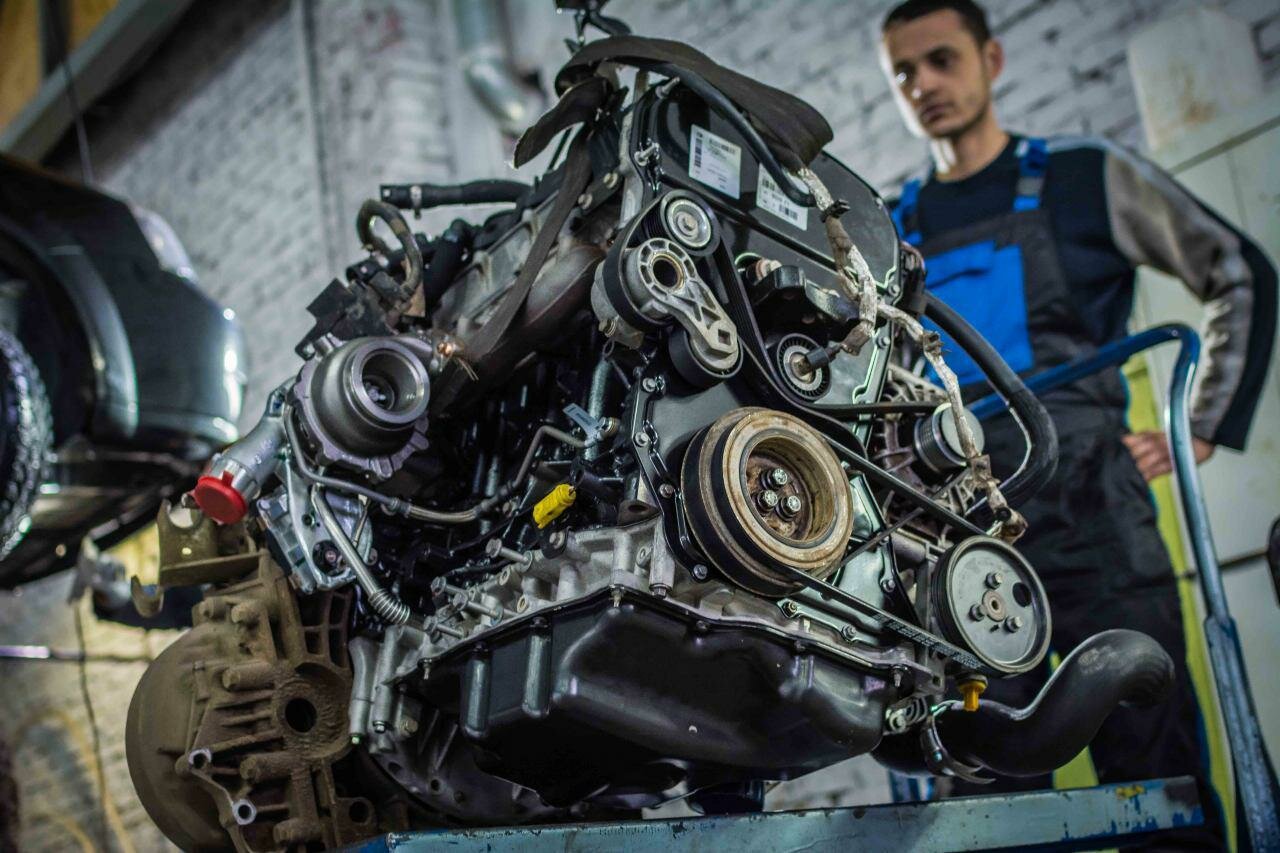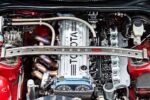Understanding the No Engine Brake Sign
Introduction
- What does the “No Engine Brake” sign mean?
- Why is it important to comprehend its significance?
- What implications does it have for drivers?
In the world of road signs and regulations, there are numerous symbols and messages that convey important information to drivers. One such sign that often raises questions is the “No Engine Brake” sign. This article aims to shed light on the meaning and implications of this sign, providing drivers with a clear understanding of its purpose and significance.
The “No Engine Brake” sign, typically depicted as a red circle with a diagonal line crossing through a picture of an engine, serves as a directive to drivers regarding the use of engine braking systems. Engine braking, also known as compression braking, is a technique used by drivers of heavy vehicles to slow down or control their speed by utilizing the engine’s resistance to the motion of the vehicle. However, this practice can generate significant noise and disturbance, leading to concerns from communities near roadways.
The presence of a “No Engine Brake” sign indicates that the use of engine braking systems is prohibited in the designated area. This restriction aims to minimize noise pollution and maintain the tranquility of the surroundings. While it may seem like a minor inconvenience to some drivers, understanding and respecting this sign is crucial for several reasons.
Firstly, disregarding the “No Engine Brake” sign can result in legal consequences. Violating traffic regulations related to signage can lead to fines, penalties, or even the suspension of driving privileges. Therefore, it is essential to familiarize oneself with the meaning of this sign and comply with its instructions to avoid unnecessary legal troubles.
Moreover, the “No Engine Brake” sign reflects a broader concern for public safety. Excessive noise generated by engine braking can startle or distract other road users, potentially leading to accidents or hazardous situations. By adhering to the restrictions imposed by this sign, drivers contribute to a safer and more harmonious driving environment for everyone.
In conclusion, the “No Engine Brake” sign serves as a clear directive to drivers, prohibiting the use of engine braking systems in certain areas. Understanding and respecting this sign is not only a legal obligation but also a matter of public safety and consideration for the community. In the following sections, we will delve deeper into the practical implications of this sign and provide recommendations for drivers to navigate situations where engine braking is restricted.
The Implications of the No Engine Brake Sign
Understanding the Significance
The “No Engine Brake” sign holds significant implications for drivers, communities, and road safety. By comprehending its meaning and adhering to its instructions, drivers can contribute to a more harmonious and safer driving environment.
- Noise Reduction: The primary purpose of the “No Engine Brake” sign is to minimize noise pollution. Engine braking can generate loud and disruptive sounds, particularly in residential areas or near sensitive locations such as hospitals or schools. The sign serves as a reminder to drivers to refrain from using engine braking systems in these designated areas, ensuring a quieter and more peaceful atmosphere for nearby residents.
- Respecting Local Regulations: The presence of the “No Engine Brake” sign signifies a specific local regulation that restricts the use of engine braking. It is essential for drivers to respect these regulations, as they are put in place to maintain order and promote the well-being of the community. Disregarding the sign not only violates traffic rules but also displays a lack of consideration for the local environment and its residents.
- Preventing Accidents: Another crucial implication of the “No Engine Brake” sign is its role in preventing accidents. Excessive noise generated by engine braking can startle or distract other drivers, pedestrians, or cyclists, potentially leading to collisions or hazardous situations. By refraining from using engine braking systems in restricted areas, drivers contribute to a safer road environment and reduce the risk of accidents.
Practical Recommendations
While encountering the “No Engine Brake” sign, drivers should adhere to the following practical recommendations to ensure compliance and safety:
- Be Alert: Stay attentive and observant while driving, especially when approaching areas where the “No Engine Brake” sign is displayed. Being aware of the signage and its implications allows you to adjust your driving behavior accordingly.
- Plan Ahead: If you know that you will be driving through areas where engine braking is restricted, plan your route accordingly. By avoiding such areas or finding alternative routes, you can ensure a smoother and more hassle-free journey.
- Use Alternative Braking Techniques: In situations where engine braking is prohibited, rely on other braking techniques such as using the foot brake or downshifting gears. These methods allow you to control your speed effectively without generating excessive noise.
- Respect the Community: Remember that the “No Engine Brake” sign is in place to protect the well-being of the community. Show respect and consideration by complying with the sign’s instructions, even if it may seem inconvenient at times.
Top views |
|
|---|---|
 |
Oil, Timing Chains, Pistons: What Really Kills an Engine Prematurely? |
 |
How to Choose a Car with a Reliable Engine: Used Car Market Hacks That Actually Work |
Conclusions
The “No Engine Brake” sign holds significant importance in promoting a quieter and safer driving environment. By understanding its meaning and complying with its instructions, drivers contribute to noise reduction, respect local regulations, and prevent accidents. Remember to be alert, plan ahead, use alternative braking techniques, and show respect for the community when encountering this sign. Together, we can create a more harmonious and enjoyable driving experience for everyone on the road.




0 Comments